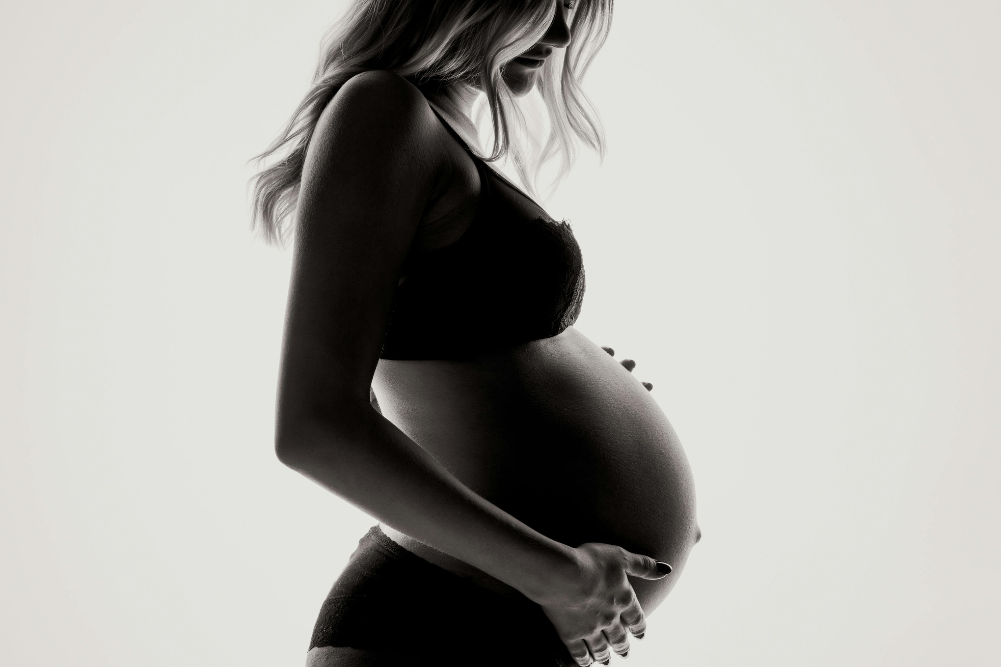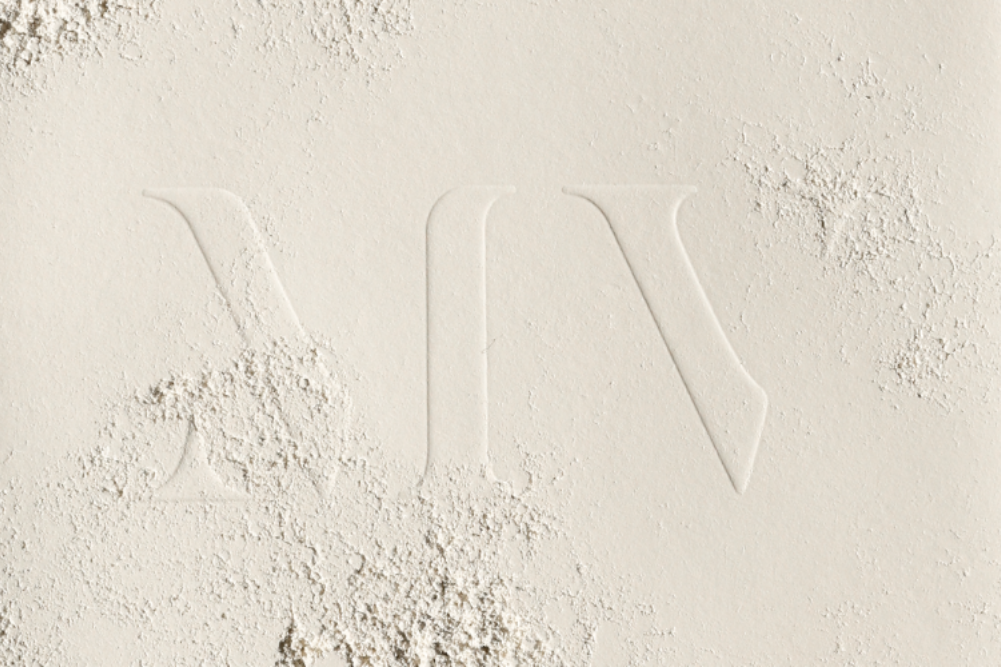What are the side-effects of staying stylish?
We all like to look our best. For women, this often means high heels, form-fitting clothing and a great big handbag to carry everything around in. But, according to the latest research, our fashion habits may be affecting our health, both physically and mentally. In a report released by the United Kingdom’s Society of Chiropodists and Podiatrists, it was stated that habitual wearing of high heels could have an impact on the brain by constricting blood vessels and nerve supplies, which can cause headaches and affect mental function. So what can you do to look great but stay healthy? We asked the experts for their advice.
Killer heels
Up to one-third of women are suffering from permanent problems due to stilettos, too-tight shoes and ill-fitting footwear. In one study it was found that, in the UK alone, more than 3 million women have received medical attention or required emergency treatment due to injury caused by high heels. “Some of the side-effects of wearing high heels include bunions, damage to leg tendons, and back and knee pain,” says osteopath Danny Williams (www.thetravellingosteopath.com). Plus, your posture is greatly affected.
High heels may elongate the leg but the long-term effects on your back and overall posture are not so attractive. “Once you raise your height [by standing on your toes], your centre of gravity is shifted forward,” says Williams. “You then shift your pelvis forward, which puts pressure onto your lower back and nerves,” he says. “Over a period of time, keeping your body in this position can cause long-term damage.”
Problems such as sciatica — pain in the lower part of your back — are common when wearing high heels too often. “Ideally, wear high heels no more than three days a week and try to stick to a heel less than 1.5 inches (3.8cm),” says Williams. Just wearing three-inch (7.6cm) heels can increase the pressure to the ankle by 80 per cent, say experts.
If you do wear high heels regularly, you may find yourself the proud owner of bunions. These are deformities of the bones, which can be caused from extended wearing of ill-fitting shoes in which your toes are squashed together. A large bump appears on the outer area of the big-toe joint, which can be painful to the touch. The only way to remove bunions is through surgery.
Other problems you may experience include hammer toes (whereby the toes are permanently bent), tendon and nerve damage and shin splints.
However, swapping to ballet flats may not be the answer. Australian Podiatrist Association’s President Andrew Schox says that swapping to flat shoes can cause issues with your back and legs, too. “Your feet need a cushion of support to take the weight of your body with each step,” he says. “Many flat shoes, such as flip-flops or ballet shoes, have paper-thin soles that offer no support whatsoever.” According to Schox, long-term, wearing shoes without adequate support can shorten the Achilles tendon (located behind the ankle) and cause cramping and pain when you extend your leg. “The best advice is to wear shoes with a supportive sole and swap your heel heights regularly.”
Backache baggage
Have you seen the size of the bags most women carry these days? They’re as large as a small child and just as heavy. “Carrying a heavy shoulder bag or computer bag can cause long-term damage to your neck, shoulder and hips,” says Williams. “A heavy bag will drag your shoulder downwards, straining the muscles on your neck and shoulder, as well as pull your shoulder blade forwards. When you carry a bag, your neck leans away from the weight to help your body carry the load and balance itself out. Over time, this causes compression on the opposite side of the neck and tension on the side your bag strap hangs over.”
Further problems, such as wearing down of the discs in the spine, hip problems and even knee soreness may all be attributed to the effects of carrying a heavy shoulder bag. Symptoms that your bag is too heavy for you, or is causing you discomfort, include tingling in and around the neck and shoulder area, numbness or pins and needles in your arm or hand, and persistent headaches.
Other than going bag-free, what can you do to ensure that your handbag doesn’t become medical baggage? “Ideally, use a much smaller bag, filled only with must-have supplies, such as your phone, wallet and keys,” says Williams. “Make the most of our technological-age and do away with notepads and folders filled with paper.” Or divide your worldly goods into several bags. “Keep your essentials, such as wallet, phone and keys, in a small shoulder bag and other incidentals in two carry-style bags, which will balance out your weight,” he says. Look for a bag with wide straps, as this won’t cut into your skin and will distribute the overall weight across the shoulder more evenly.
Luckily, bumbags and shoulder bags are back in fashion, so invest in a stylish holder and you’ll not only look fashionable but feel more comfortable, too.
Bras
Around nine out of every 10 women wear ill-fitting or incorrectly sized bras. “This can lead to neck and back pain as well as wrong-fitting clothing,” says Margaret McLachlan, a professional bra-fitter and owner of More Than A Handful in Sydney (www.morethanahandful.com.au). “More seriously, wearing ill-fitting bras, especially ones with underwire, may affect your lymphatic health. There is some evidence that this does have an effect on your chances of being diagnosed with breast cancer,” she says. For many women with large breasts who suffer regularly from back and neck pain, breast-reduction surgery is considered their only option. “Most women don’t need breast reduction surgery; they need the correct-fitting bra,” says McLachlan.
According to McLachlan, whether your breasts are big or small, you should still be checked for a correct-fitting bra. “Without a correctly fitting bra, the breast-tissue migrates under the arm,” she says. “A good-fitting bra with supportive comfort is ideal if you’ve got a large bust, but one that holds your breasts comfortably is necessary for all sizes. For all women, our breasts will droop and correct support plays a large part in preventing the ligaments from sagging.”
How do you know if your bra fits you correctly? “Other than going to a fitting professional, you can do some self-diagnosis,” says McLaughlan. Most of the support — about 80 per cent — from your bra should come from the straps over the shoulders and the remainder from the straps that connect around the back. “You should be able to fit three fingers between your back strap and your skin,” she says. The back strap should not ride up towards your shoulders. “The back of the bra should sit level to your bust.
Many women wear bras that are too small for their circumference. Your breasts should sit in front of your body, not under your arms. And the underwire should press lightly, not uncomfortably, against your sternum. “Women should have their bra professionally fitted at least every six months, although after the age of 30, every year is sufficient,” McLaughlin says.
Too-tight clothing
Fashion must-haves, such as tummy-control underpants, push-up bras and form-fitting slips worn under clothing may also have a long-term effect on your health. According to medical research, too-tight clothing can cause problems such as digestive discomfort, breathing problems, skin rashes, heartburn and even ulcers. In worst-case scenarios, too-tight clothing can cause hyperventilation (due to an inability to draw a proper breath), which can then lead to panic attacks. Ideally, only wear control underwear for short periods of time on special occasions.
Another underwear choice, G-strings, can also cause gynaecological problems. Dr Thomas Gent of the Association of Gynaecologists in the UK suggests that women wear bigger pants to avoid complications. He blamed the friction caused by the string part of the underwear for a big rise in the number of his patients reporting genital inflammation.
However, it’s not the G-string but whether or not it fits properly that may cause problems. “G-strings can abrade and injure the sensitive skin around the genital area — especially if they are too tight or made with badly stitched material,” said Dr Gent in a report. This damage can aid the spread of bacteria and cause fungal infections, he said.
Wearing G-strings made out of Lycra, instead of cotton, can cause thrush and irritations. Again, wear G-strings rarely and opt instead for comfortable, 100 per cent cotton underpants.







